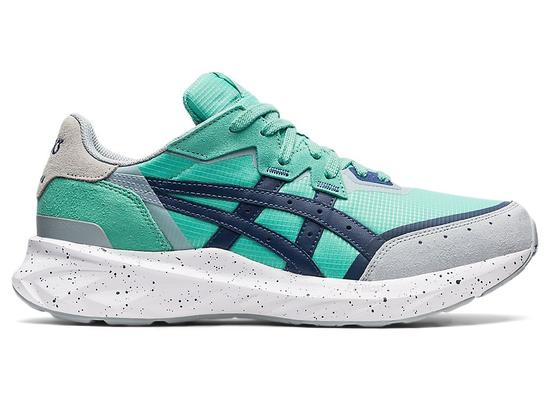How To Choose The Right Cricket Shoes For You?
Cricket is not just a sport of batting and bowling, but it is also a game of alertness, concentration, flexibility, agility, and stamina. Whether you are an aspiring beginner or a seasoned cricketer, being both confident and comfortable is vital to perform well. This is where the right pair of cricket shoes comes in.
On average, a professional cricketer trains for approximately 4 to 6 hours a day, five days a week. Add that to the hours he spends on the field for actual cricket matches. Your feet need the utmost support and protection while enduring those strenuous hours of net practice and, subsequently, the real matches. For example, for a batsman, a perfect pair of cricket shoes means an improved posture; for a bowler it means a flawless landing and stability; while for a fielder, it translates into speed with balance.
With a plethora of cricket shoes available online, selecting the right pair of shoes for you can be quite perplexing. Some noteworthy factors to consider while identifying the best cricket shoes online for your preference and purpose include size and fit, your role as a cricketer, the pitch, match duration, shoe material, age, and budget.
Finding the appropriate size and fit is essential, as ill-fitting footwear greatly hampers the player's performance on the field. A tight-fitting pair of shoes restricts the movement, hurting the heels and toes, while oversized shoes obstruct the formation of a definite stride. Ideal cricket shoes should have some breathing room in front as well as on the sides, along with proper ventilation.
Your Role
A batsman should opt for the lightweight half-spiked shoes with rubber or metal spikes. They provide enhanced grip on the turf, without limiting the footwork. A bowler needs maximum grip for a powerful delivery and a correct landing, which can be achieved using the shoes with full spikes or studs. Extra support around the ankle joints also helps reduce pronation. Lightweight multi-function shoes, with the possibility to alter from full to half spikes whenever needed, are perfect for all-rounders.
The Pitch
The surface that the player will be playing on also determines the shoe choice. Good rubber shoes are suitable for synthetic pitches, while spiked shoes are essential for turf pitches. As the bowlers and fielders have to run on grassy fields for hours, they prefer a full-spike shoe sole with removable metal spikes. Furthermore, stud shoe soles feature rubber studs and are soft and resilient in nature.
Match Duration
For extended hours of training and drawn-out match sessions, durable, sturdy, and hard-wearing shoes are preferred, as they are capable of coping with the extensive stress to which the players subject them.
Material
The ideal cricket shoes should be made from a breathable and comfortable material, offering shock absorption along with sufficient legroom and cushioning, particularly at heel and midsole, for protection from any possible injuries. Most cricket shoes are made using an artificial and a highly durable material called Polyurethane. These PU shoes are extremely durable, flexible, and weather resistant.
Age and Budget
Determining the budget will help you filter options. For professional or intermediate players, shoes from higher price ranges may offer better quality and higher efficiency. Lower budget plans are more suitable for beginners and particularly young children, as they outgrow their shoes in no time.
A perfect pair of shoes is crucial both at the training nets and on the pitch, as cricket is a rigorous sport and the players need to constantly stay on their feet; be it to score runs or while bowling and fielding. The carefully curated collection of ASICs Men’s Cricket Shoes will make your shoe selection and purchase process effective, smooth, and highly satisfying.
Visit Asics India to buy men's cricket shoes now!


Comments
Post a Comment